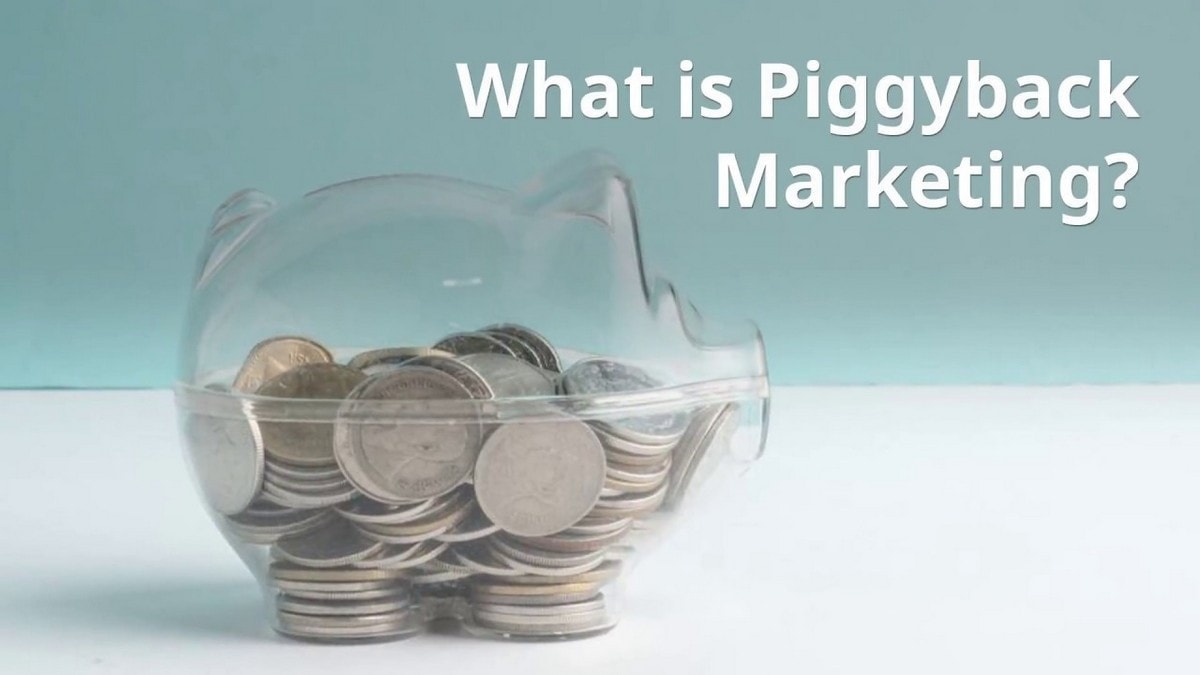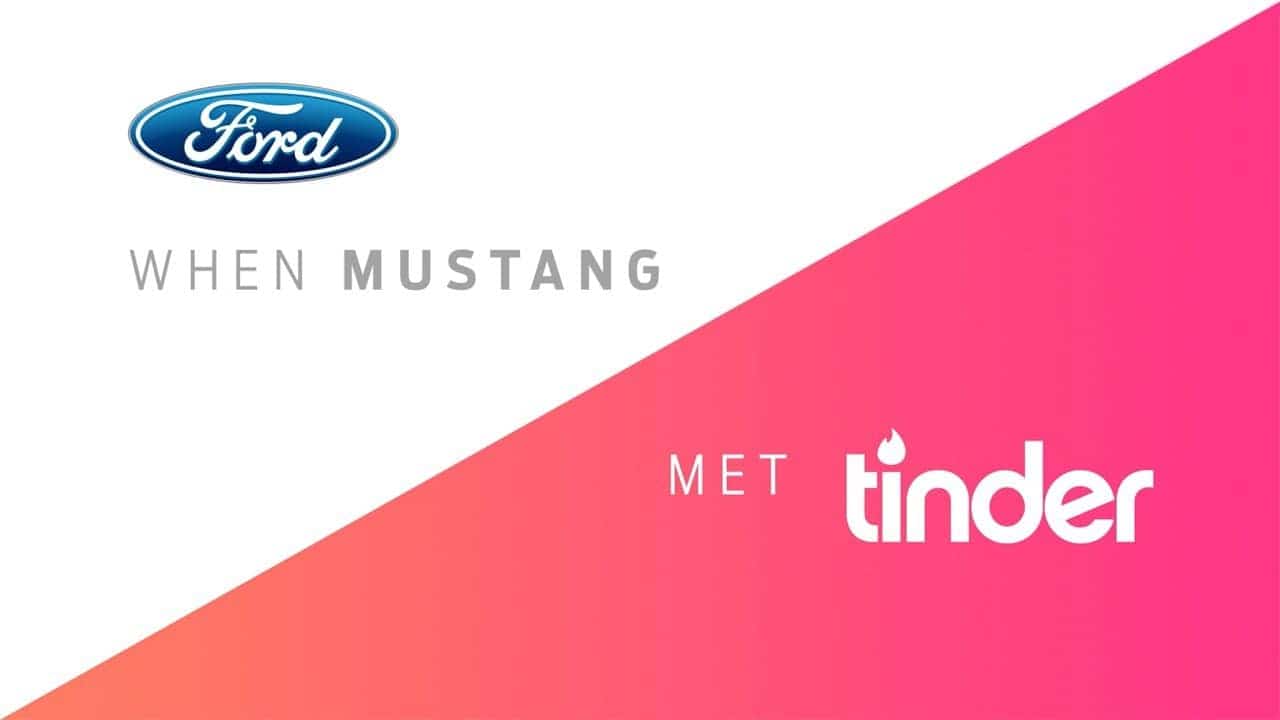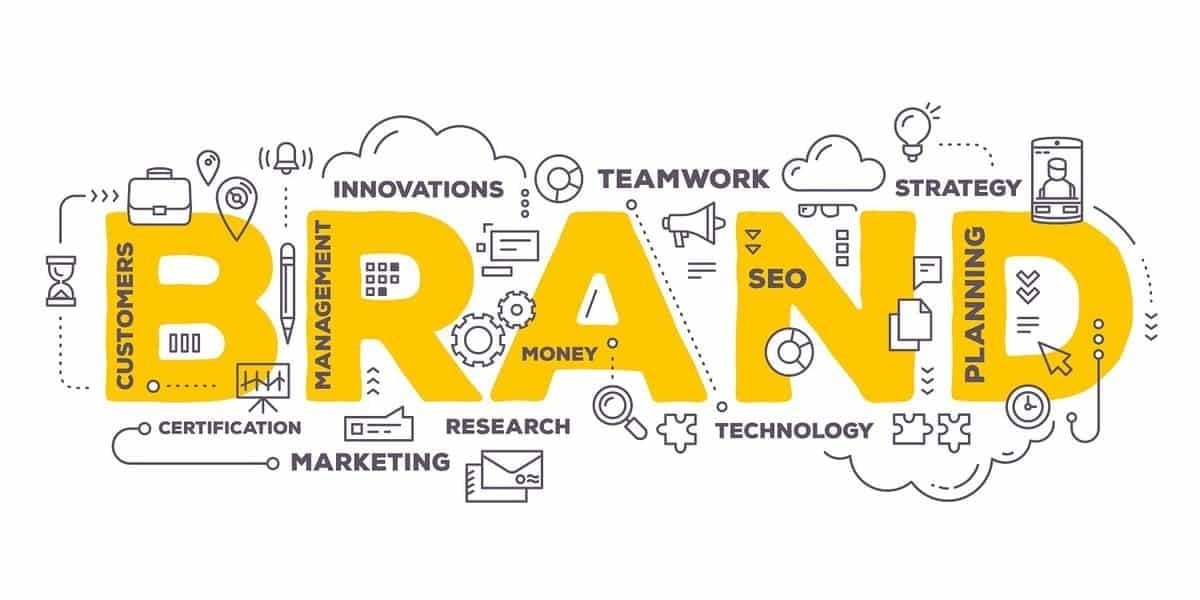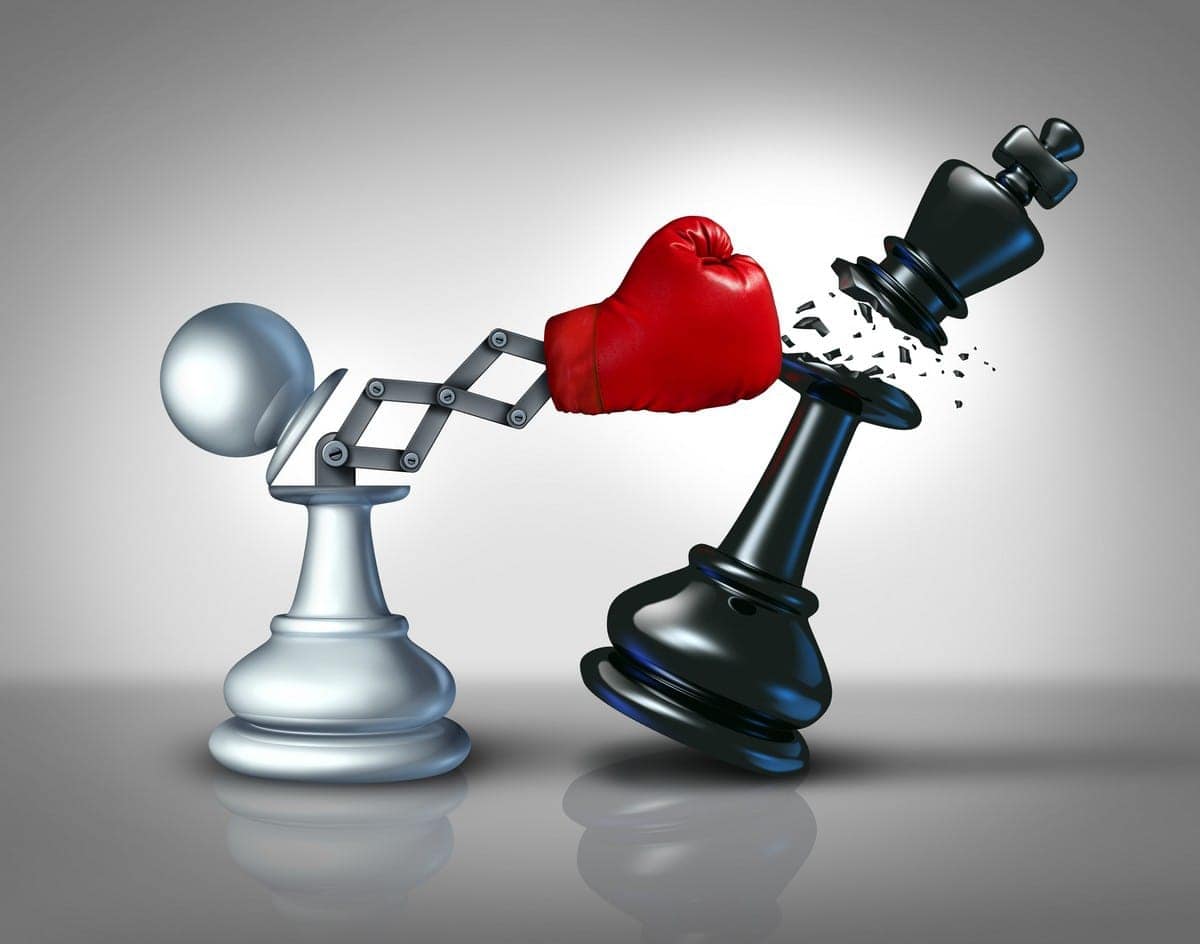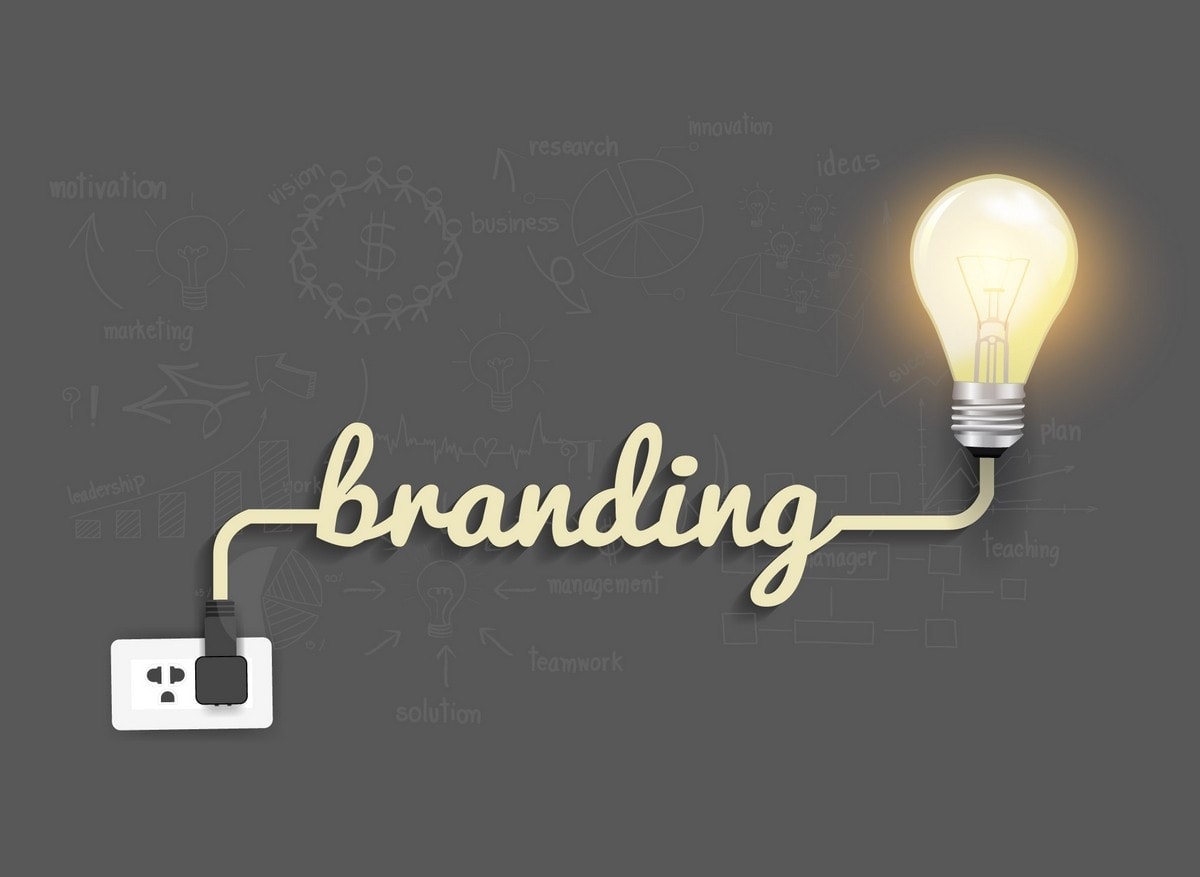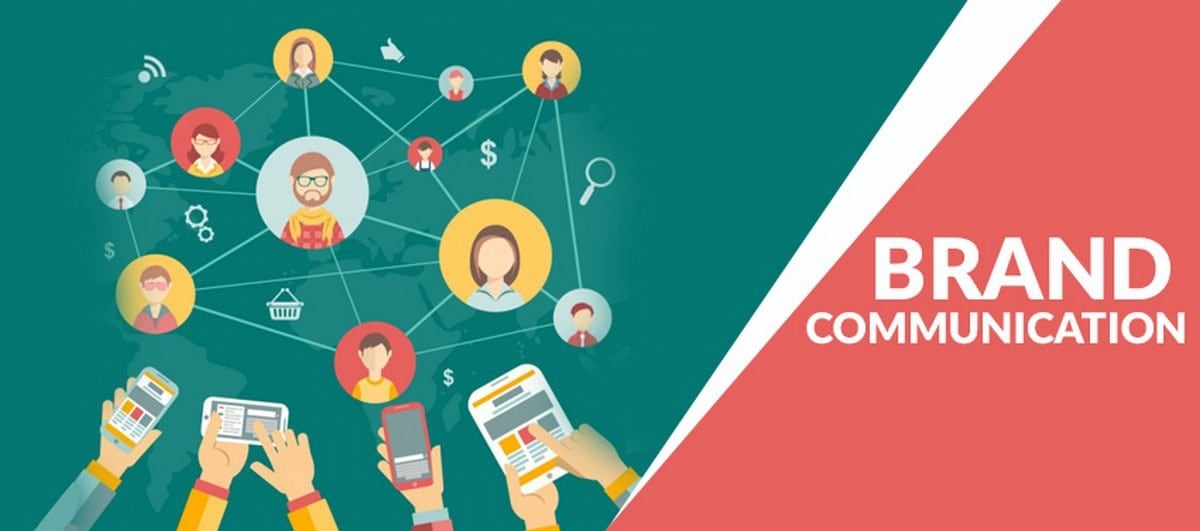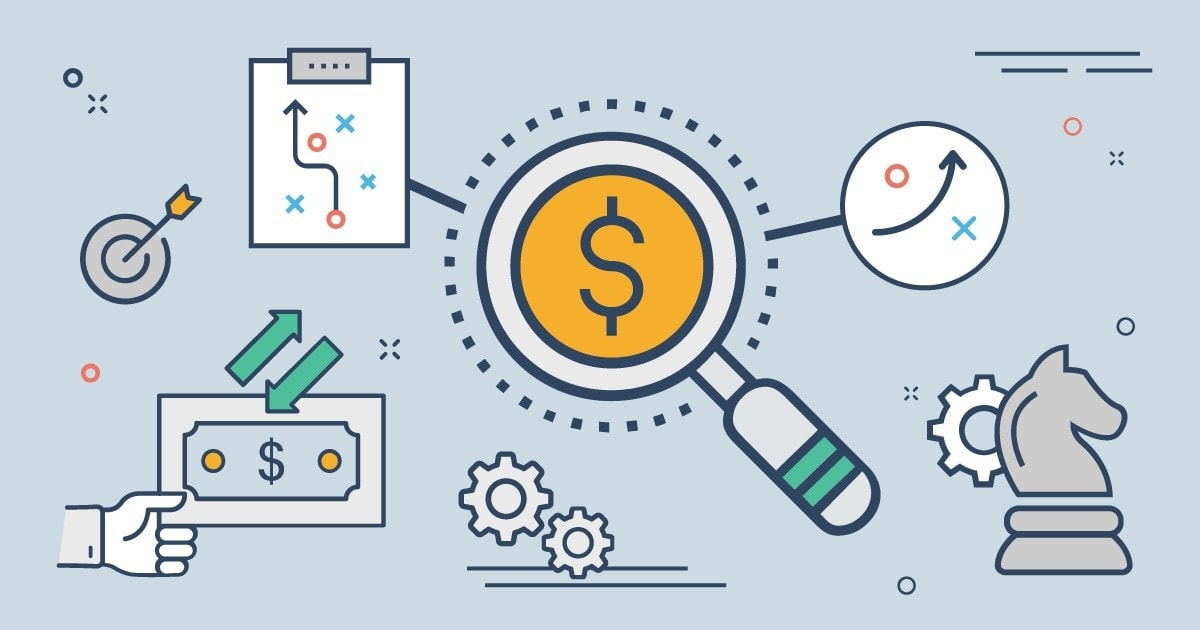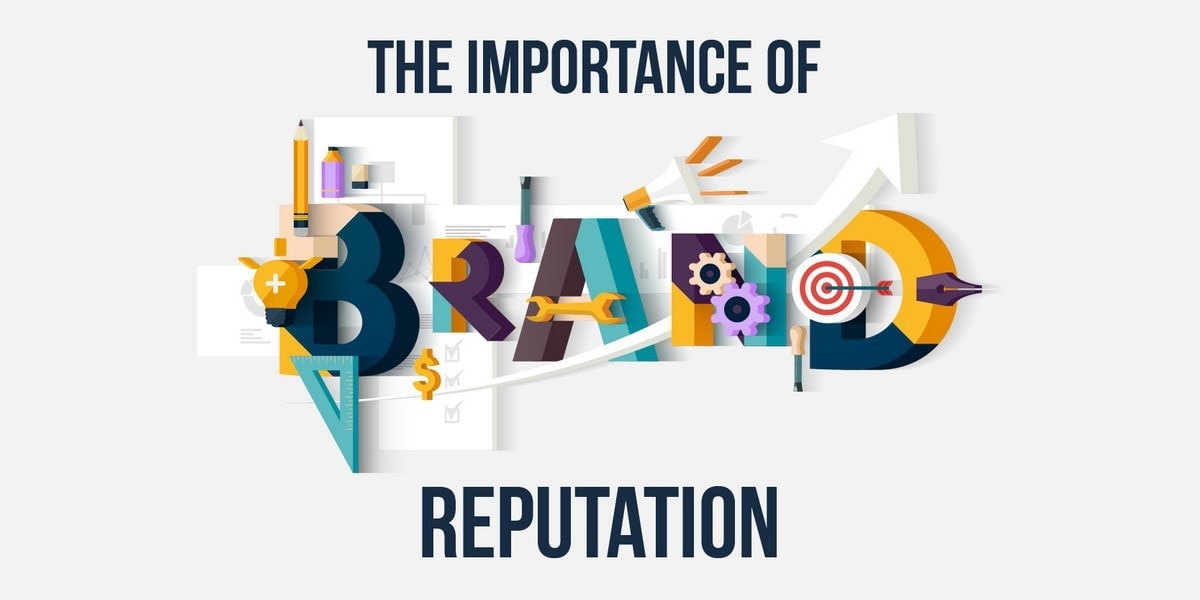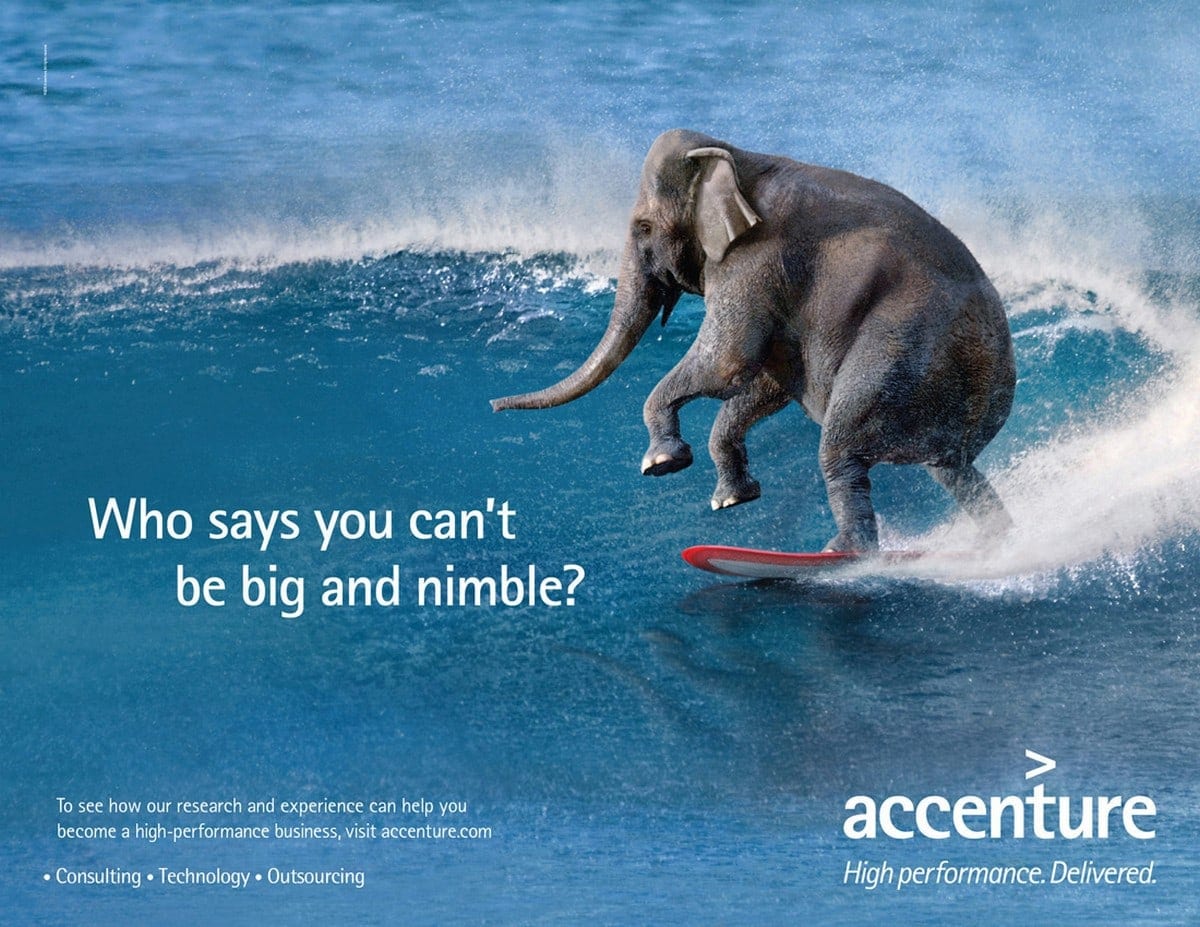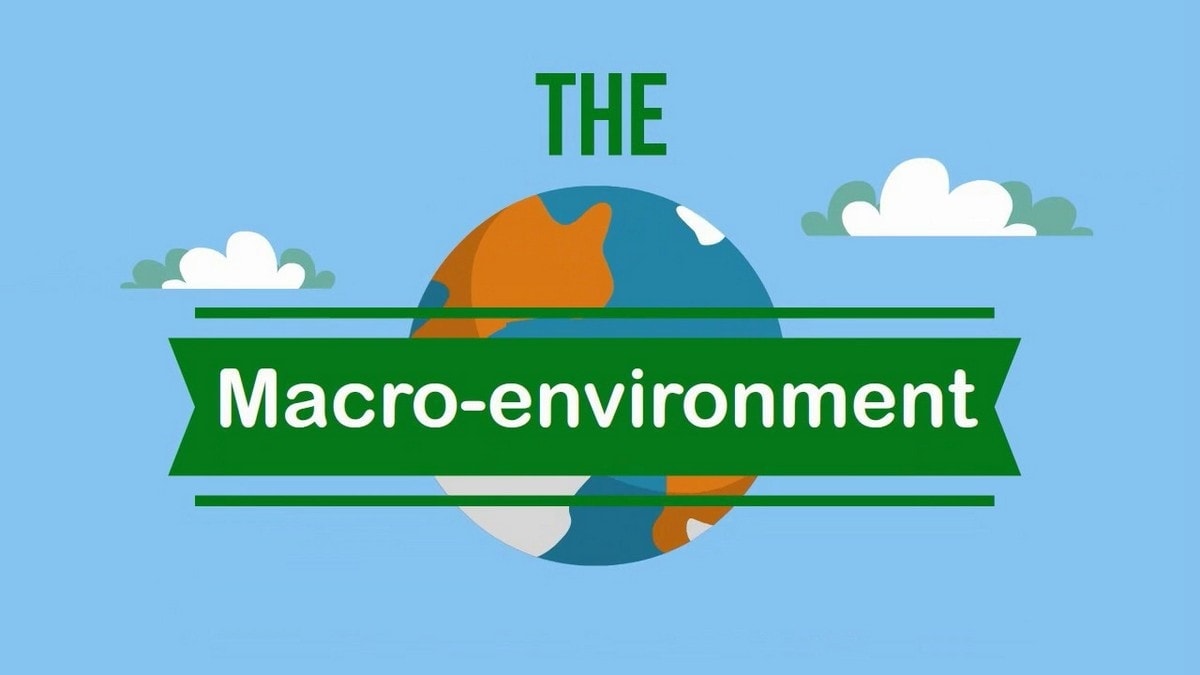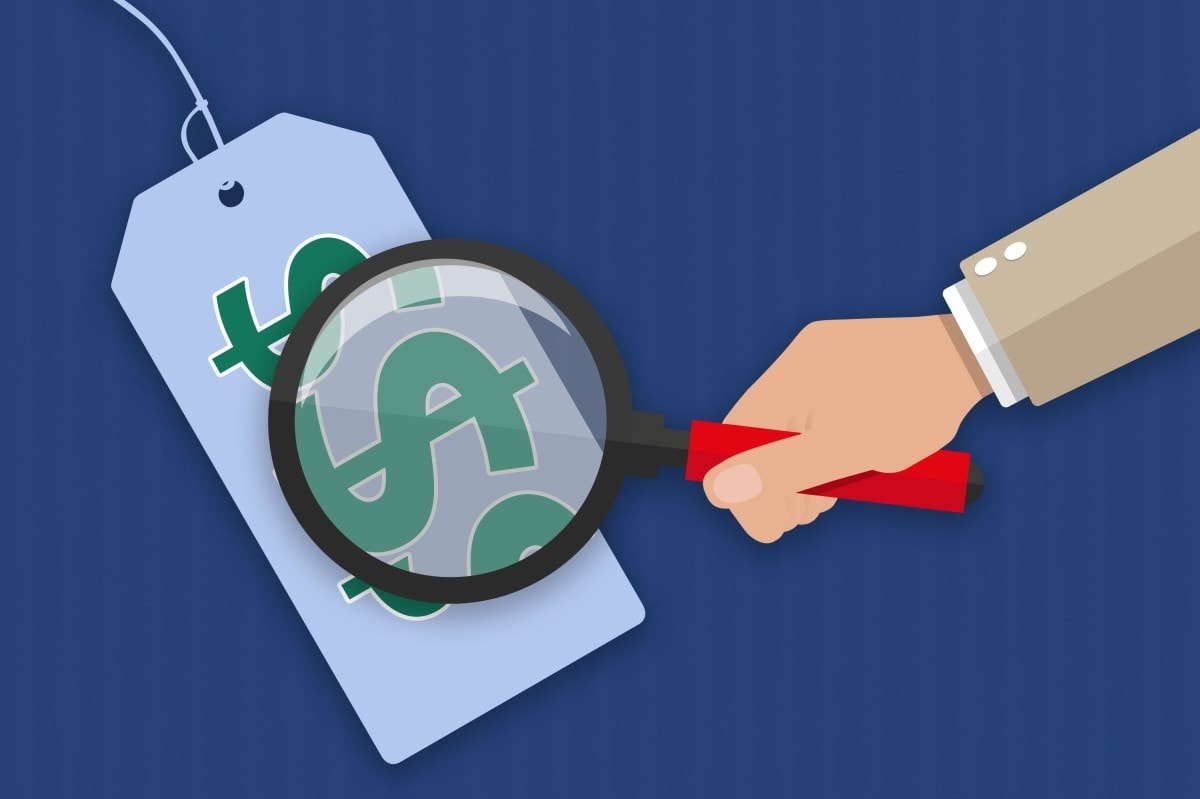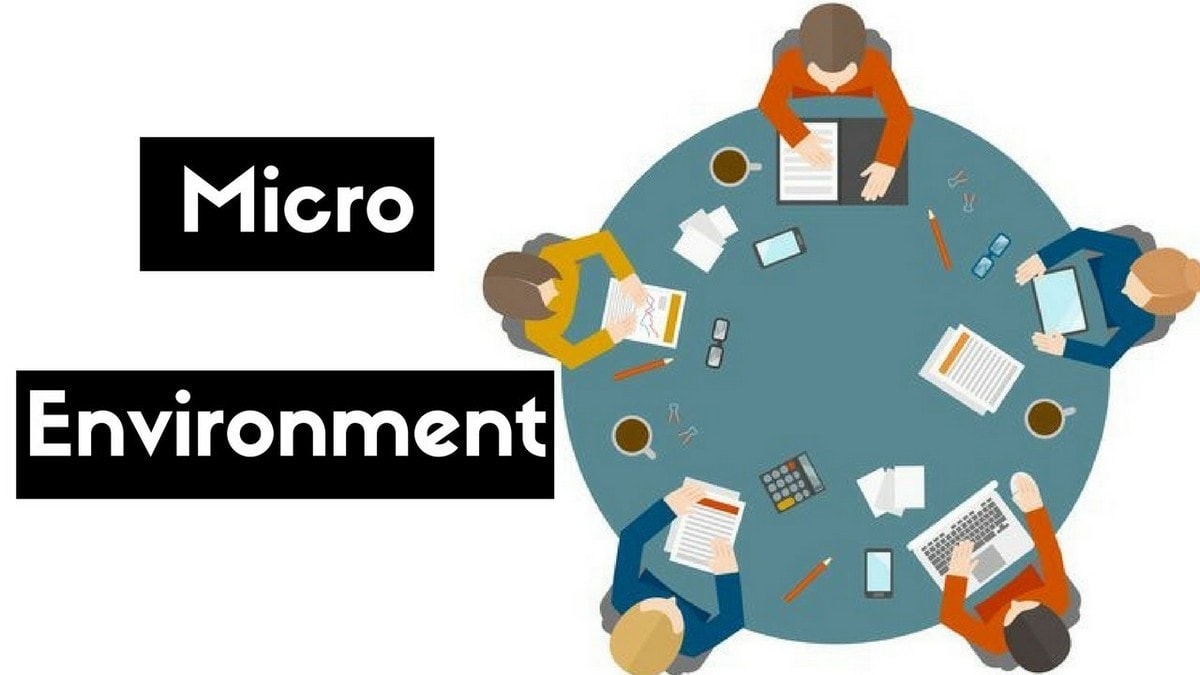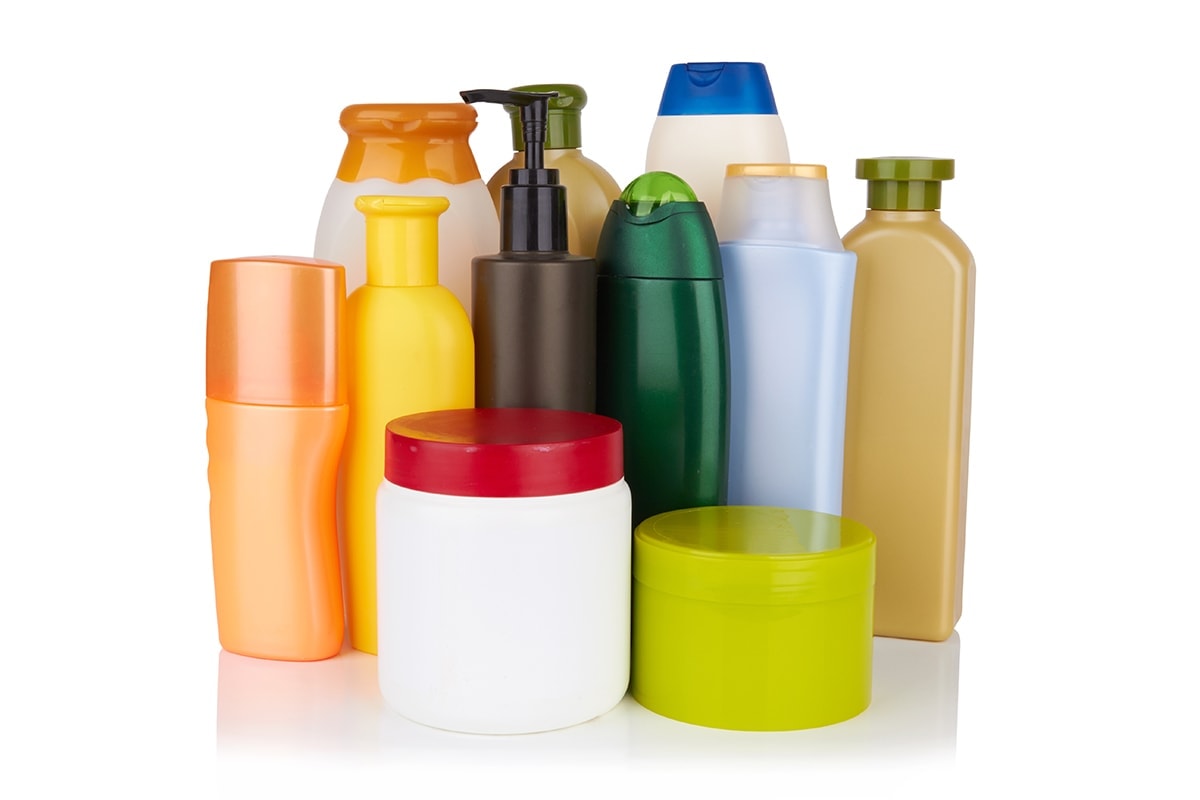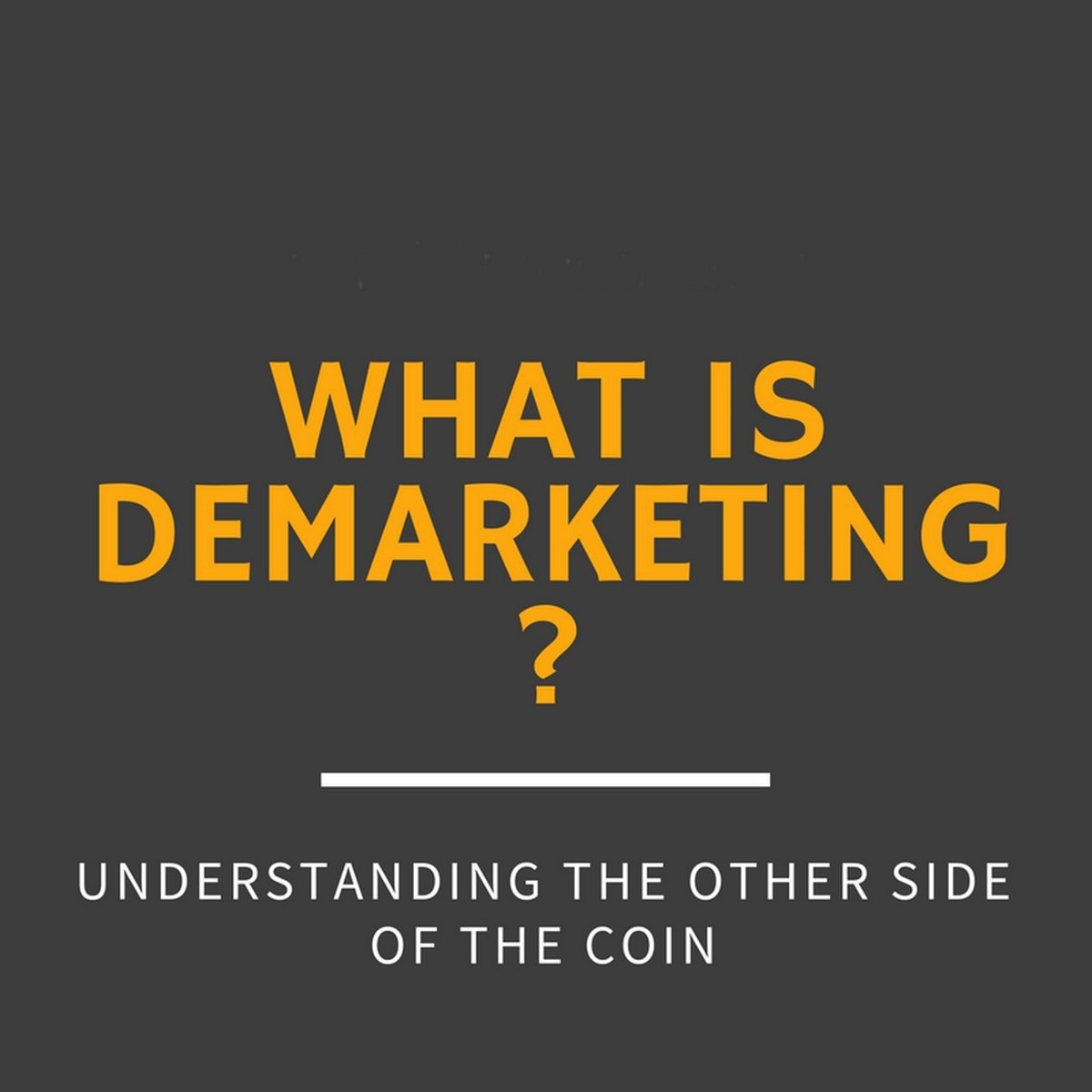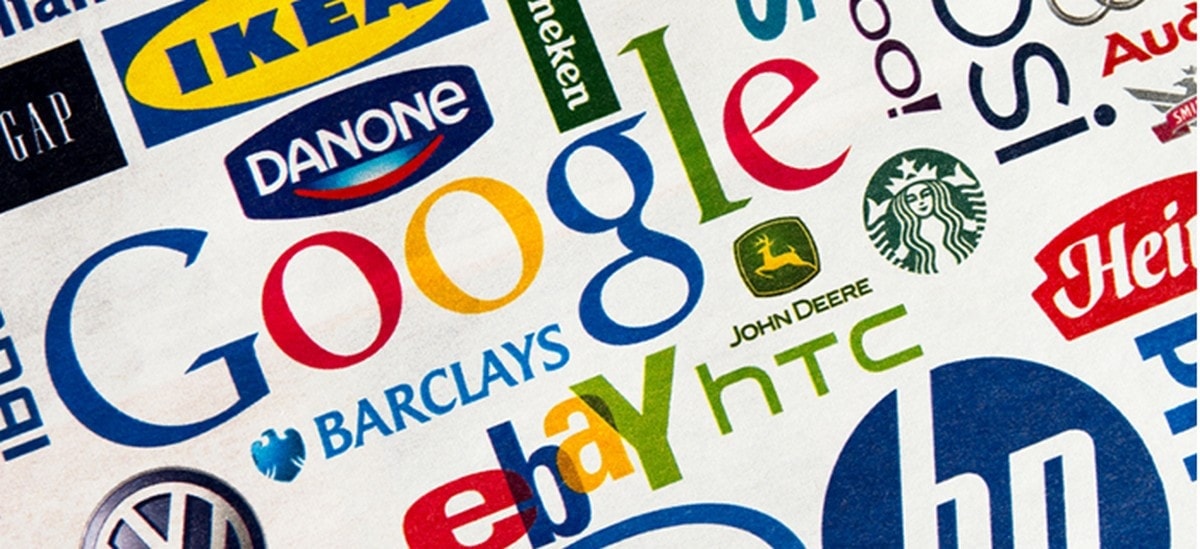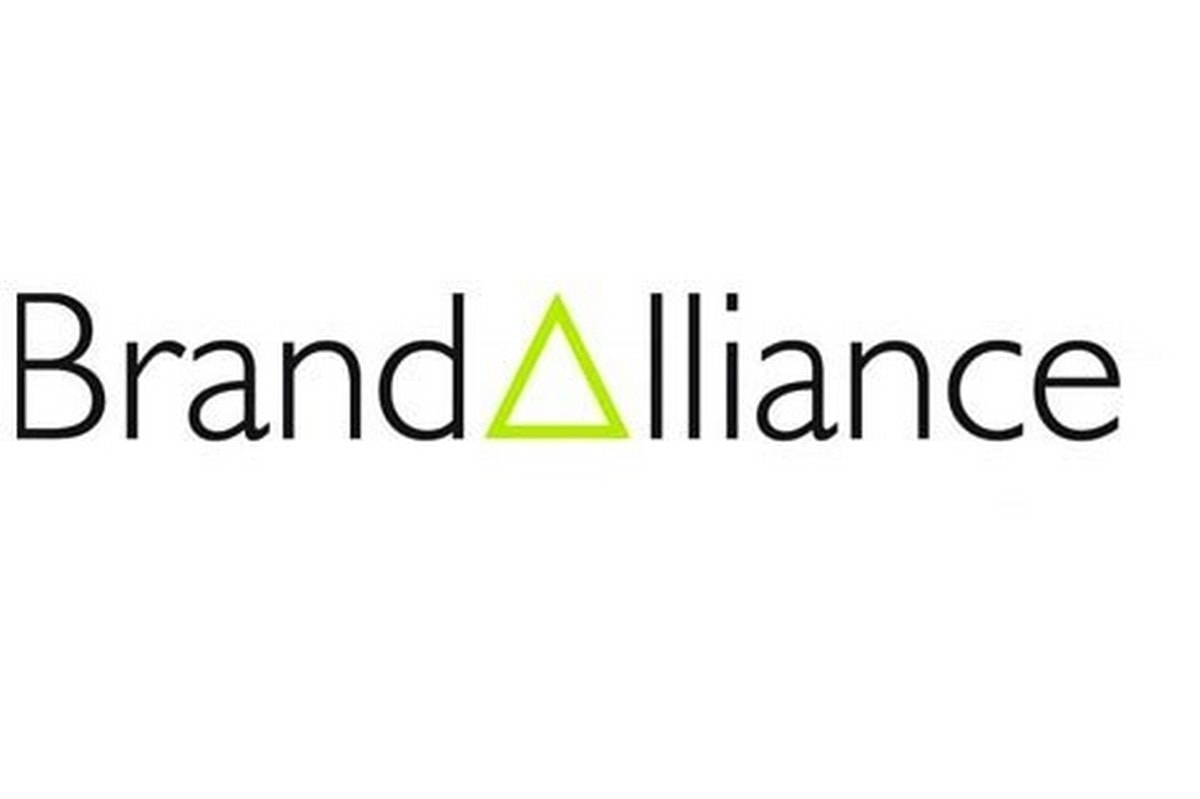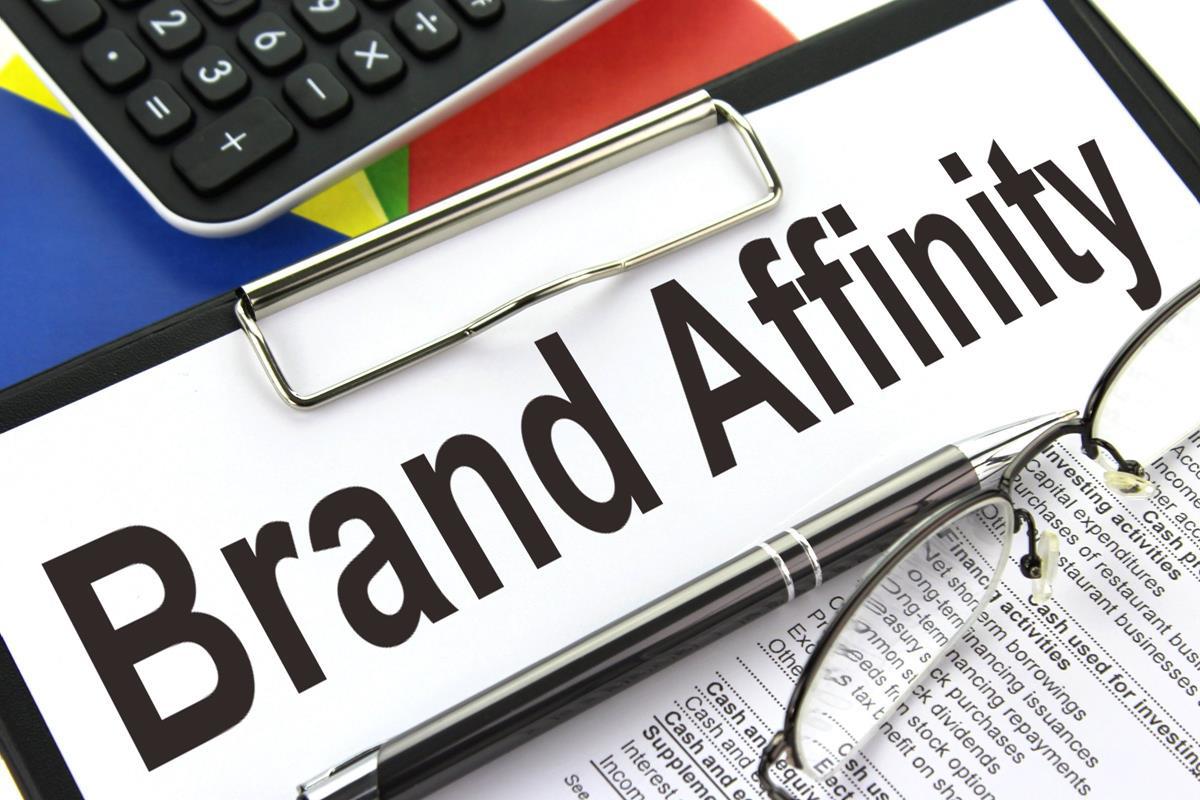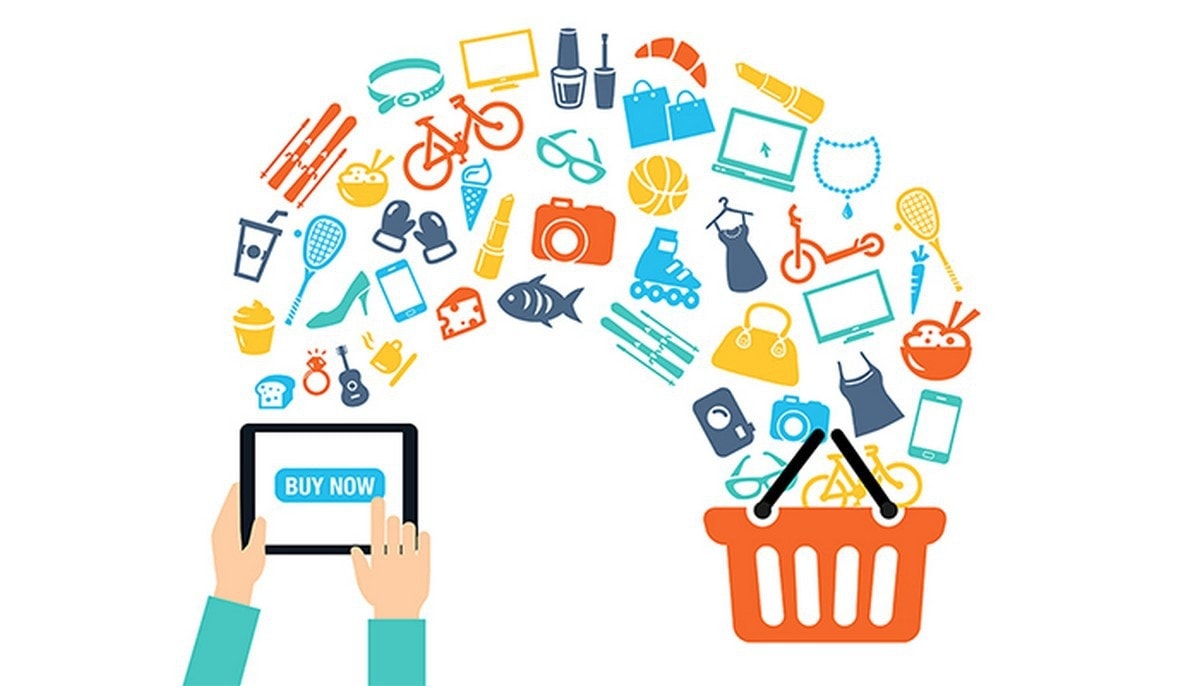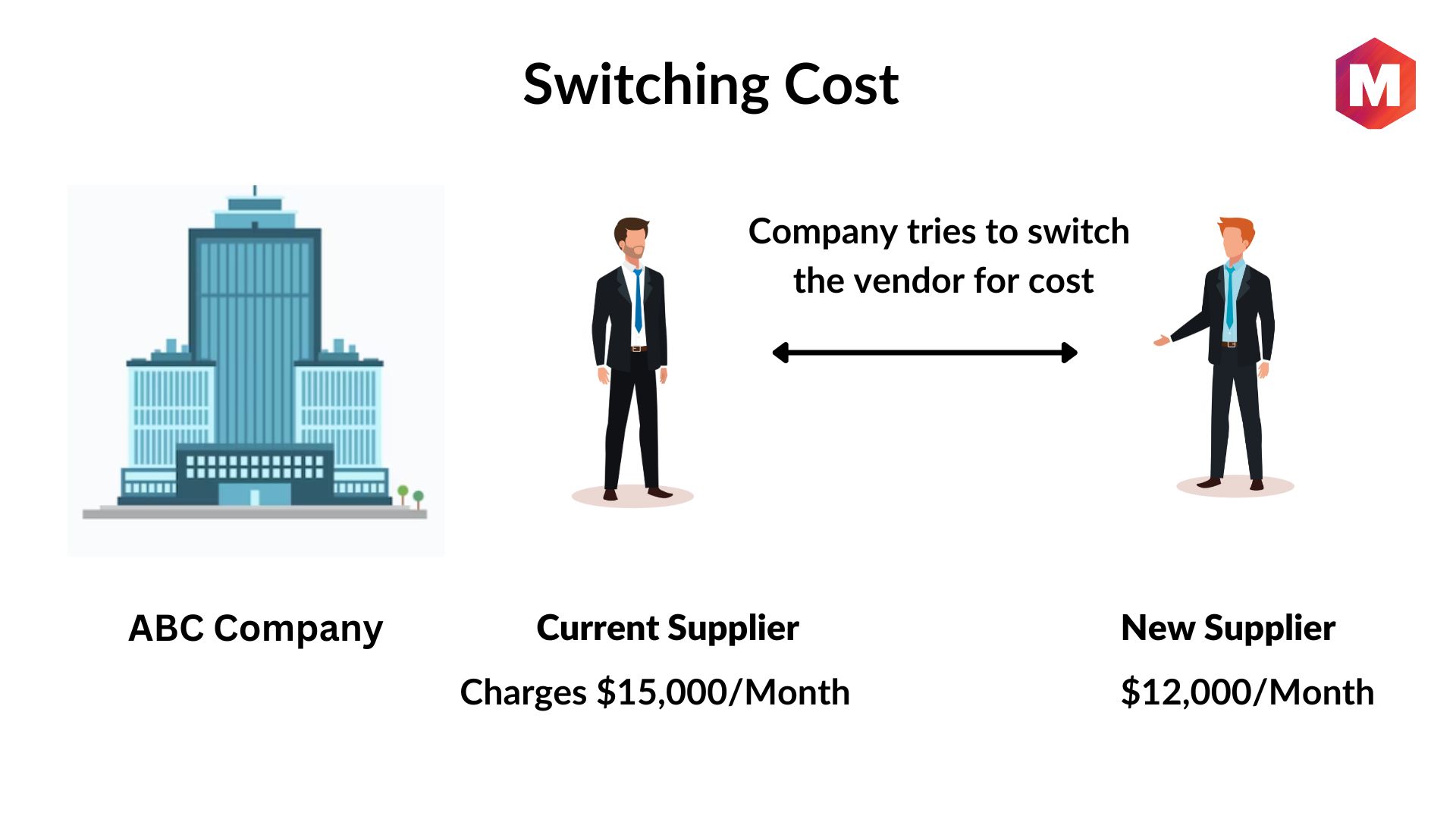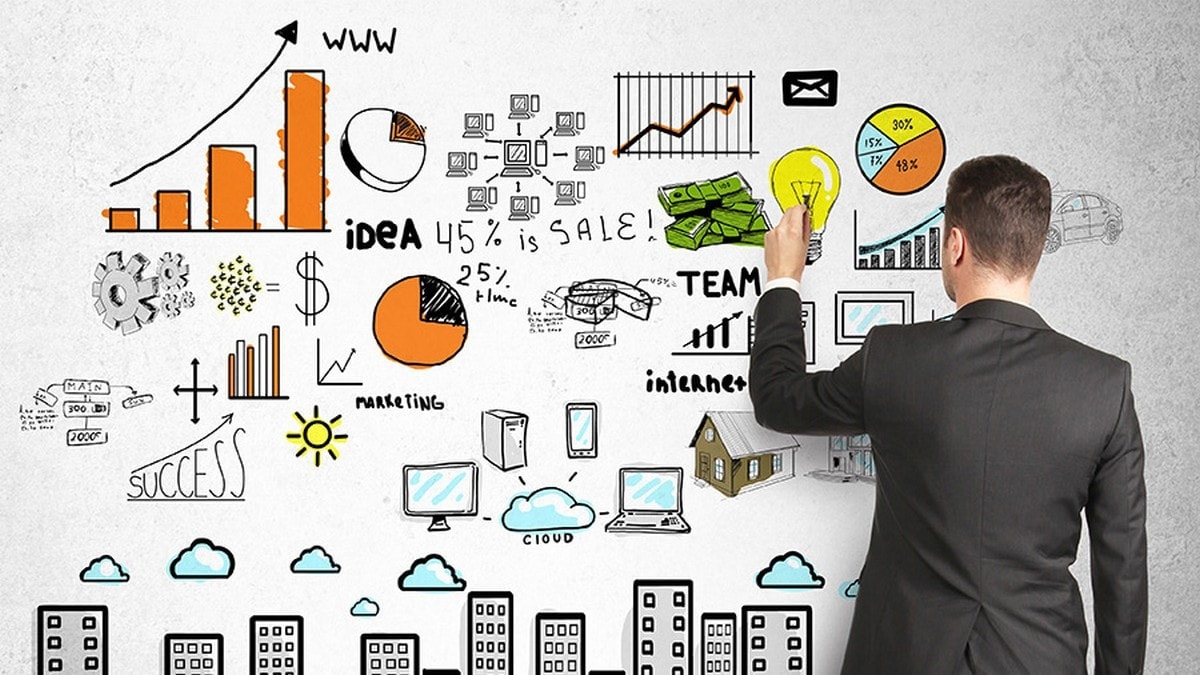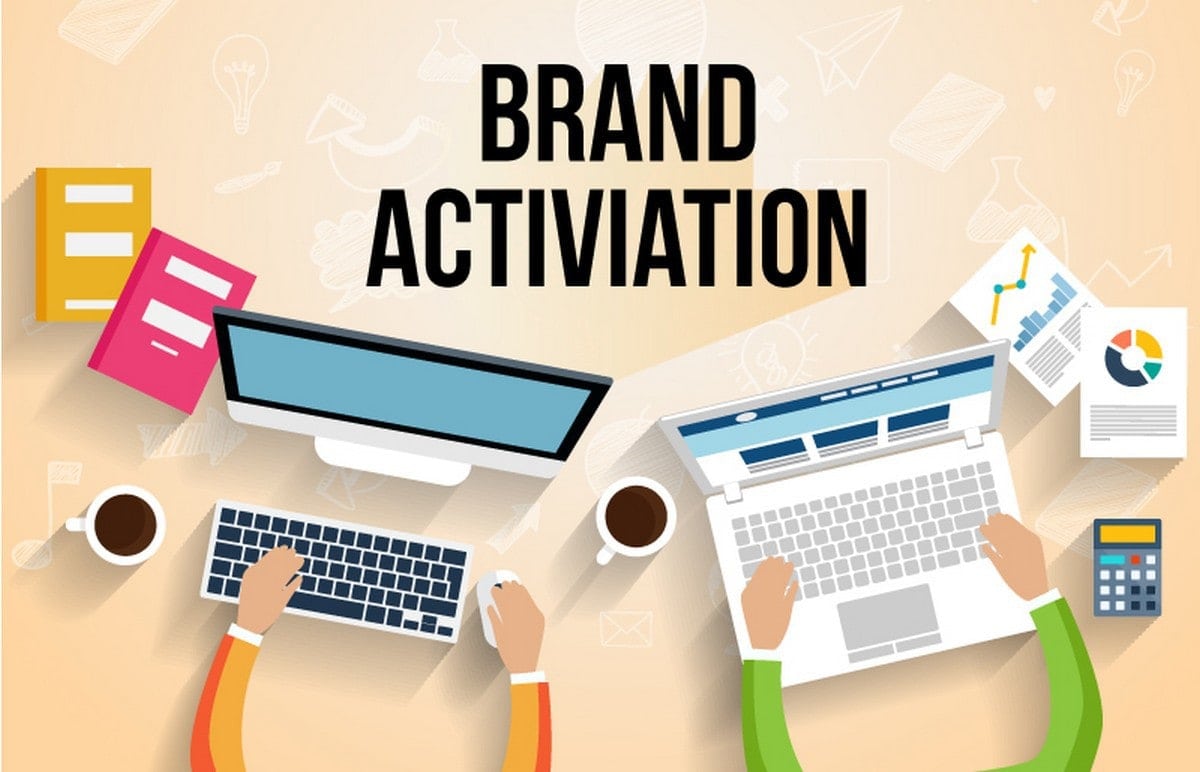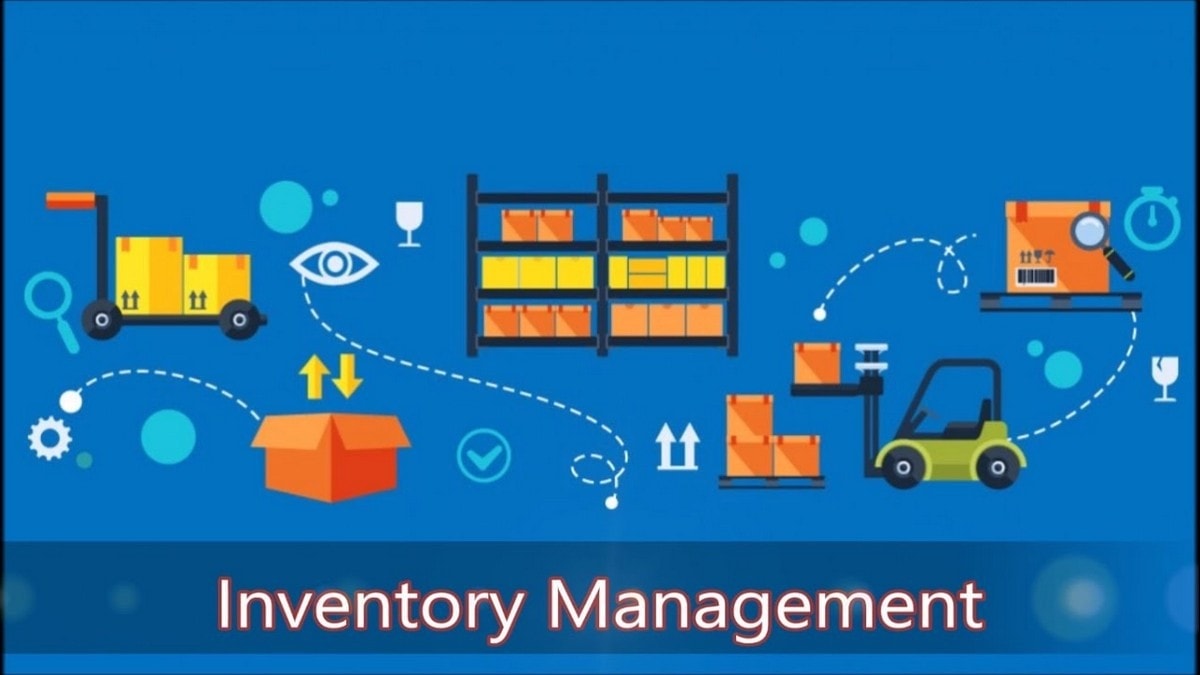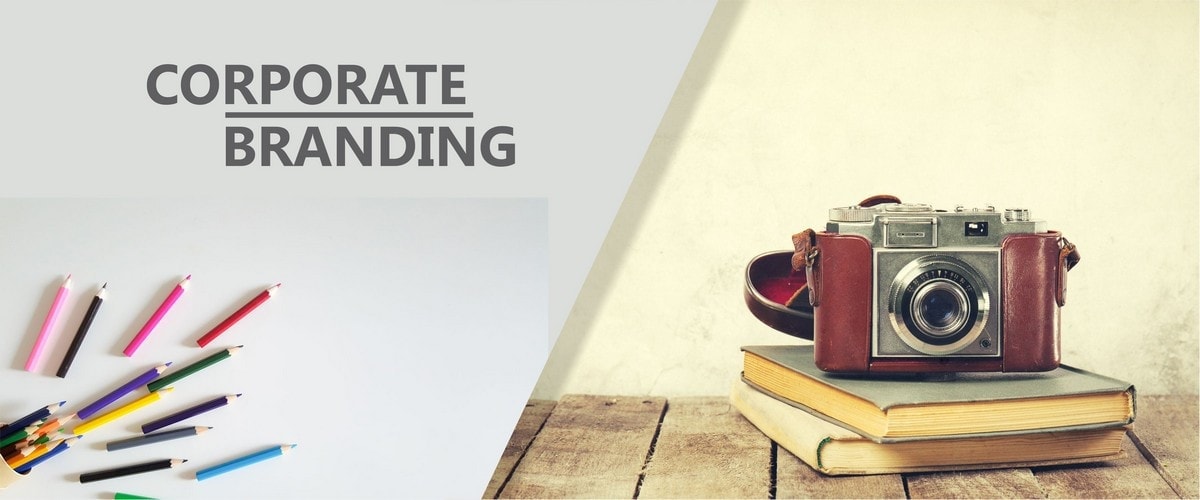Piggyback marketing is a strategy where two or more companies promote each other’s products that complement each other but are not in competition, in their…
Marketing Category
The Marketing category has detailed articles, concepts and How-tos to help students and professionals learn the concepts and applications.
Brand Collaboration
The concept of Brand Collaboration can be defined as the strategic alliance between two or more brands for curating a unique and specific product or…
What are Brand Characteristics?
Brand Characteristics are the core values and fundamentals that showcase the true essence of the brand. They are a set of attributes that are identified…
What is Brand Competition?
Brand Competition can be defined as the rivalry between the companies offering the similar line of products or services in the same target market and…
What is Manufacturer Branding?
To understand manufacturer brand, let us divide the phrase Manufacturer branding into two. Dealing with the manufacturer at first, a manufacturer is someone who is…
What is Brand Communication?
Definition of Brand Communication Brand Communication is an important part and tool of brand management by which the companies inform, persuade, enlighten, teach, remind, and…
What is differential pricing?
As the name itself states, differential pricing refers to different prices applied in the market based on various factors such as geography, external environment or…
How to create a Customer Profile?
A customer profile is a useful tool for businesses to understand their target audience. Customer profiling contains essential information on the customer’s pain points, interests,…
What is Brand Reputation? Importance of Brand Reputation
Brand Reputation is the perception of the brand and how the particular brand of the company is viewed by the customers, stakeholders, and the market…
Institutional Advertising
Advertising is the backbone of businesses. If done right, it has the ability to help a business earn millions and this is precisely the reason…
What is Marginal Pricing?
Fixed and variable costs are the two major costs in the current business. Variable costs are those that vary with the volume and outcome of…
What is a Macro Environment? Definition, Factors, & Examples
Definition Macro environment is a term used to refer to the external factors and forces, both economic and social, that businesses must consider when creating…
Behavioral Targeting – Examples, Types, Process
Behavioral targeting is a type of online advertising that monitors and assesses user behavior on the internet. It employs information collected from websites, apps, and…
What is Price Transparency?
In the world of business, the role of the component ‘price’ is of utmost importance. No matter the amount of marketing effort or promotional campaigns,…
What is selling cost – Factors and Components of Selling Cost
According to the dictionary of marketing, selling cost refers to the expenditure, which is done by a company. This includes the promotion as well as…
What is Micro Environment in Business? Definition & Factors
Definition: Micro environment is the immediate environment of a business, which includes factors like employees, customers, competitors, suppliers, marketing intermediaries, etc, and can influence daily…
What is Carryover Effect or Carry-over Effects?
A carryover effect is an effect which is carried over from one condition to another over a period of time. Carry-over effect happens in Advertising…
Concept of Product Class
To understand the concept of Product Class, it becomes essential to first understand what exactly a “product” is. A product can be defined as anything…
What is Demarketing? Types, Examples & Benefits
Demarketing occurs when a company reduces demand for its product or service due to inadequate supply or excessive promotion and distribution expenditures in some locations,…
Who are Brand Advocates and what is Brand advocacy?
Brand advocacy is a type of marketing strategy that encourages consumers or employees of a brand to behave like brand advocates and promote their positive…
Mystery Shopping – Skills & Characteristics of a Mystery Shopper | Blog
What is Mystery Shopping? Mystery shopping is a tool used by businesses to measure the quality of customer service. Businesses will hire mystery shoppers to…
What are Brand Assets?
Definition of Brand Assets Brand Assets are the consistent signals that make it quite easier for the consumers to recognize and identify the brand and…
What is Brand Alliance?
Brand Alliance Definition Brand Alliance is an agreement between the companies that combine two or more individual brands, products or other related assets with an…
Brand Affinity – Definition, Meaning, Importance and Tips on building it
Brand affinity is the natural liking or positive inclination or love of an existing or potential customer towards a brand. It is the highest point…
What is Purchase Intent? Definition, Types & How to Measure
Definition: Purchase intent, also known as buying intent is a metric that refers to the likelihood that a customer will make a purchase. It is…
What is a Brand Mark?
A brand mark is a distinct set of visuals that define a company, making it recognizably distinct from other brands. It typically includes symbols, artwork,…
What is Indirect Competition? Understanding Direct vs. Indirect Competitors
Indirect competition occurs when two businesses target the same market and audience to satisfy the same requirements but provide distinct products. A substantial portion of…
What are Switching Costs? Definition, Types & Examples
Definition: Switching costs are the expenses associated with changing from one brand, service, or supplier to another. These costs can be both financial and non-financial…
Stealth Marketing: Examples, Advantages, and Disadvantages
Definition: Stealth marketing is a type of marketing that focuses on gaining attention without being detected, which means it advertises a product or service to…
Reverse Marketing Explained with Examples
Reverse marketing refers to a scenario where the firm does not actively seek out customers, but instead, the customers seek out the firm. An example…
What is Brand Activation & Why is it Important?
Brand activation is the execution of a marketing process used to generate awareness, drive consumer actions, and build lasting connections through interaction and brand experiences…
ABC Analysis in Inventory Classification Explained with Examples
Inventory management is a humungous task for all business corporations. For those into manufacturing and retailing, inventory management is a vital business function that determines…
What is Corporate Branding?
Corporate Branding is an act of using the brand name of the company in the overall advertising efforts and all the communication to the stakeholders….
Target Pricing
How is a selling price for any product calculated? The norm for price calculation in any business is generally like this: Calculate all the costs…
How to conduct a Market Survey?
When a company grows larger, then any changes they make affect the customers. Thus, if a company wants to keep their customers happy, they need…
What is Share of Wallet (SOW)? Definition & How to Calculate It
Definition: Share of Wallet is the percentage of total spending an existing customer prefers to do with a particular brand. It’s an important revenue-based marketing…
What is Market Demand? How to Determine It
Understanding market demand is crucial for businesses, as it helps gauge the level of interest in a product at a specific price. By considering market…
Types of Market Research Questions
A common confusion that we get when conducting a market research survey is the market research questions that we should ask from the sample population….
What is Brand Extension?
What Is Brand Extension? Brand extension is when a company uses an already-established brand name to launch a new product. The new product can be…
What are the Functions of Retailing?
Various parties to the production and distribution of goods play a pivotal role in any economy keeping the robust volume of trade and commerce flowing…
